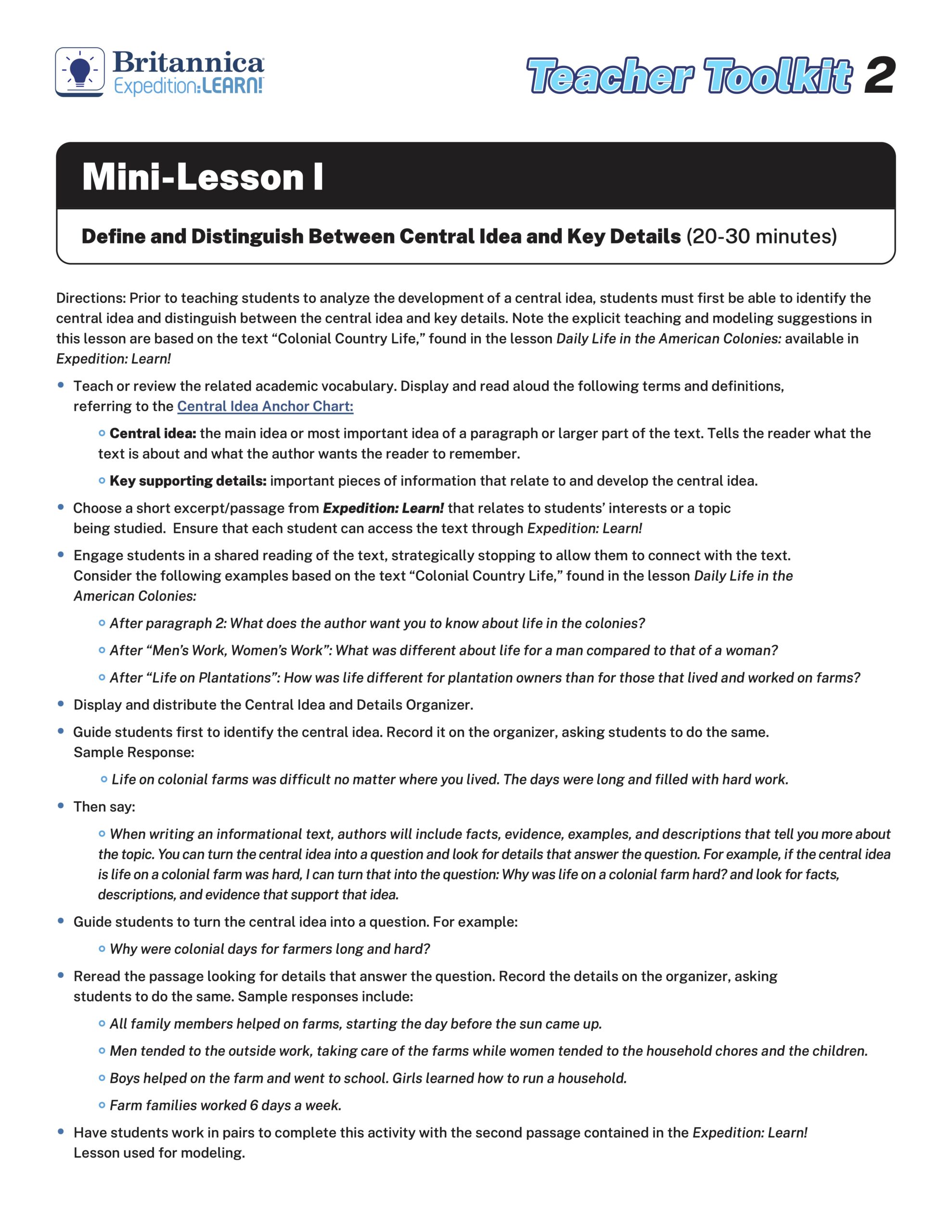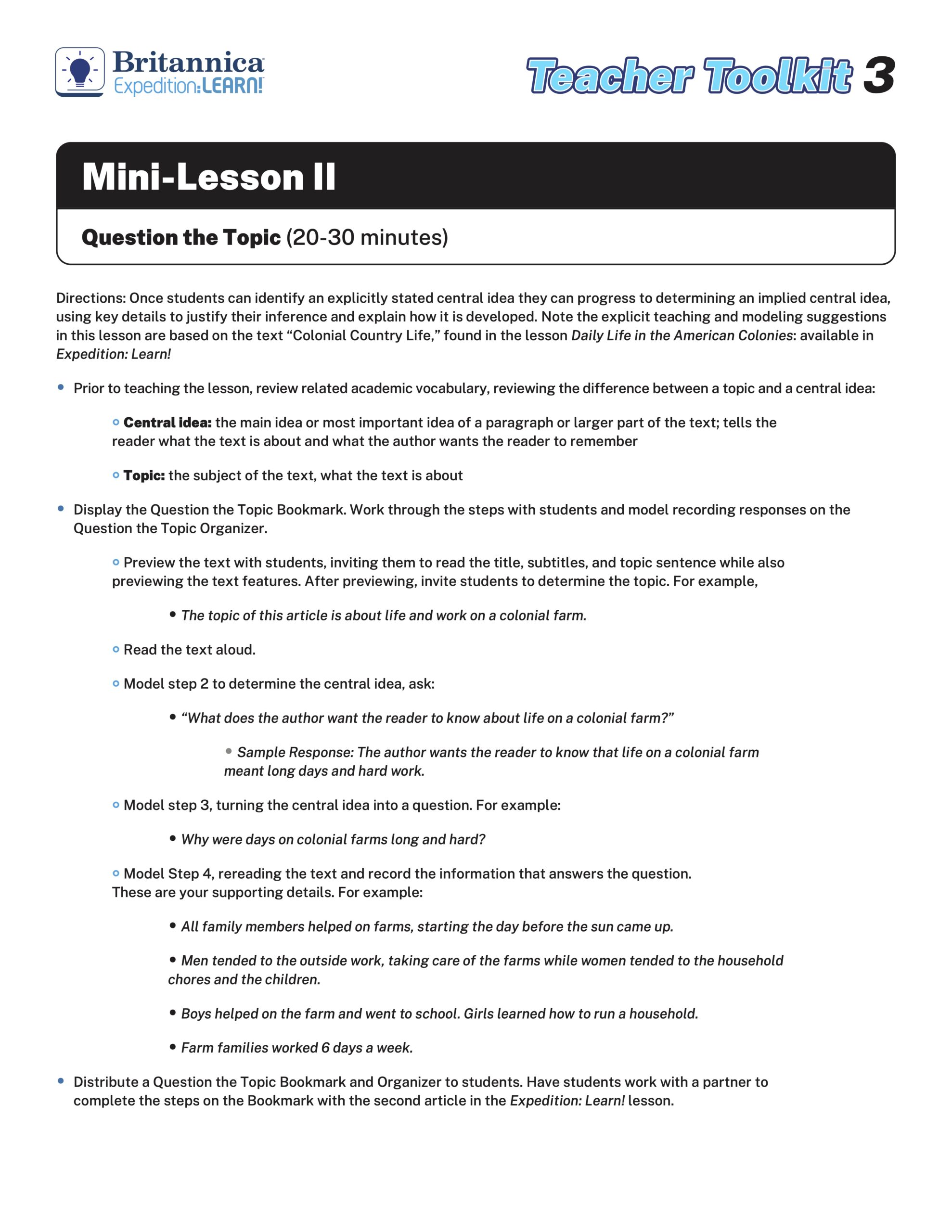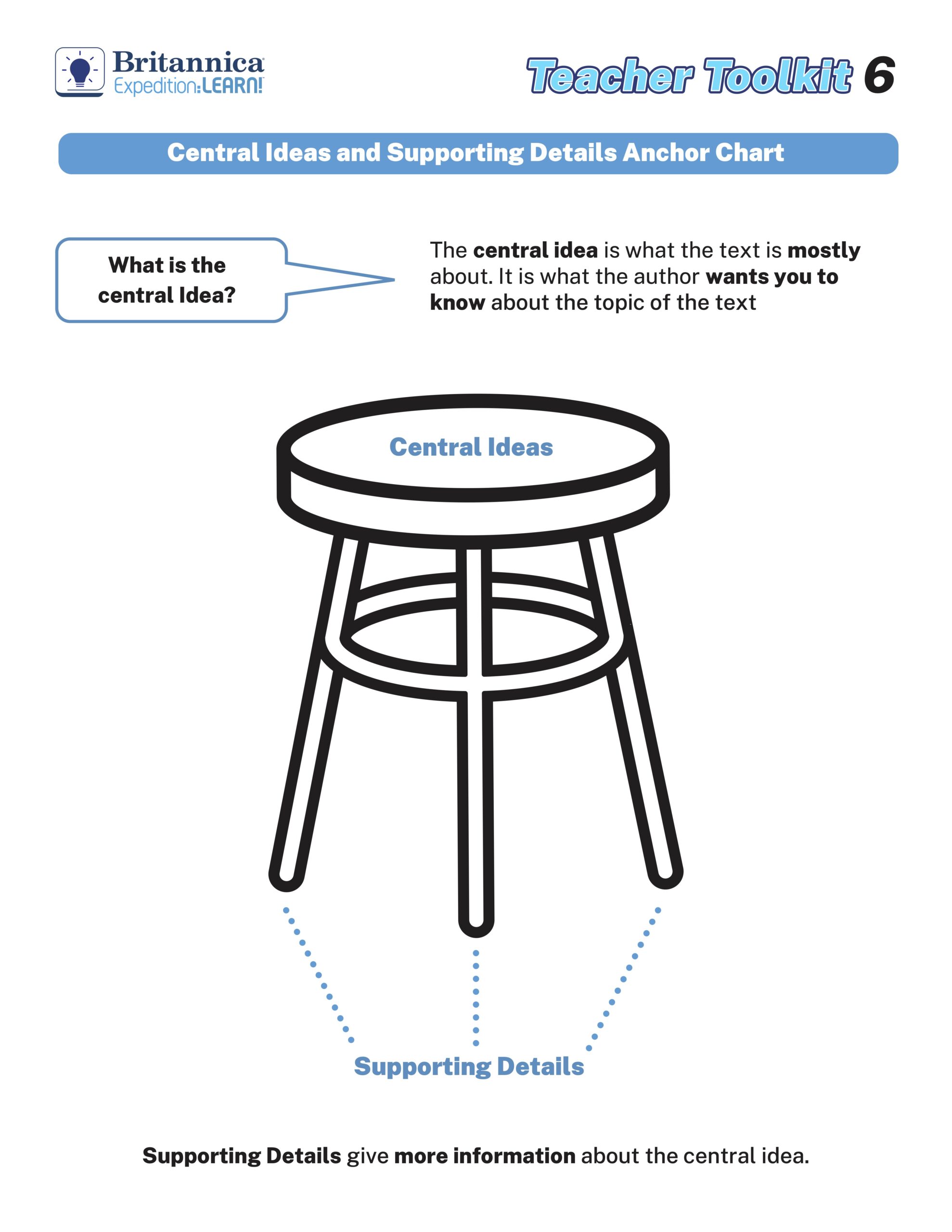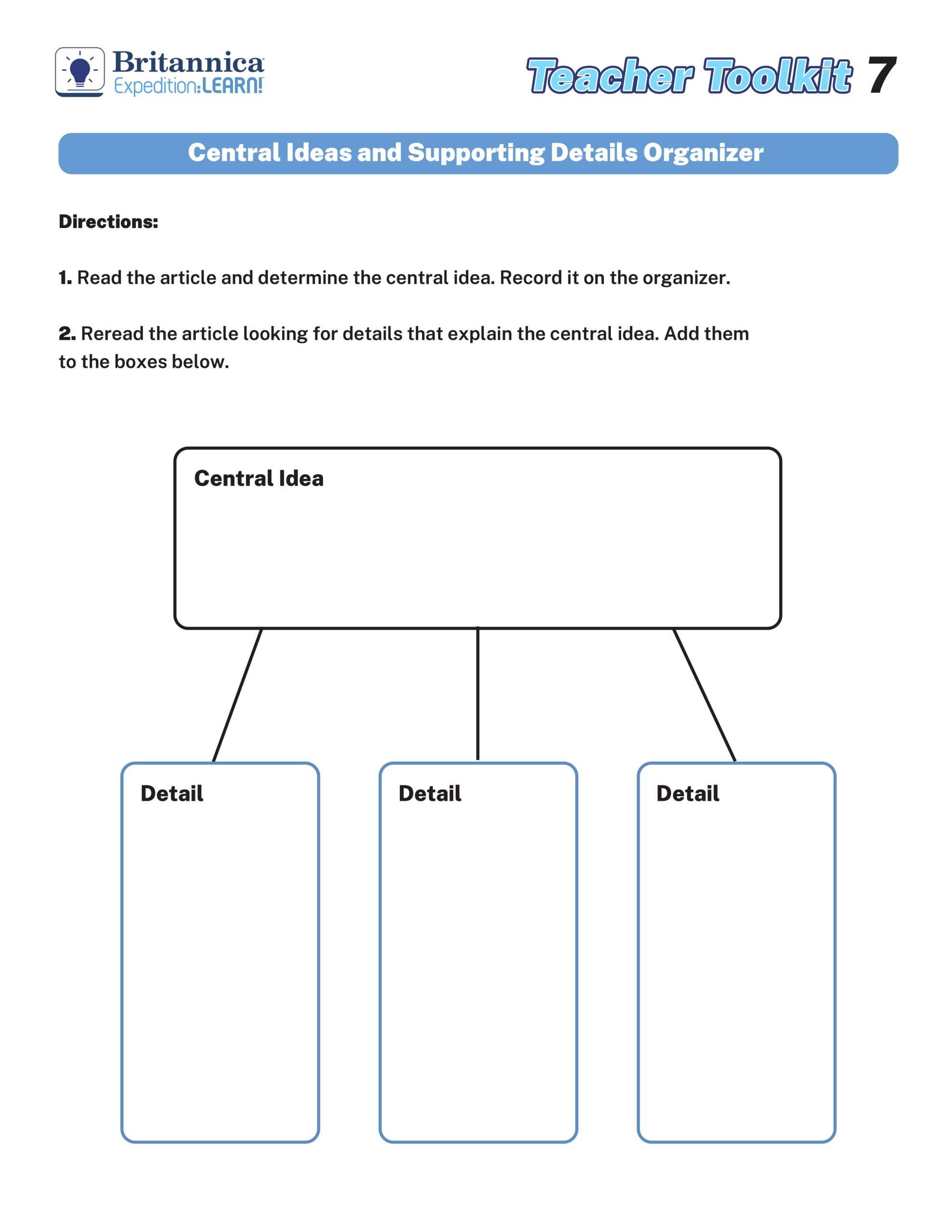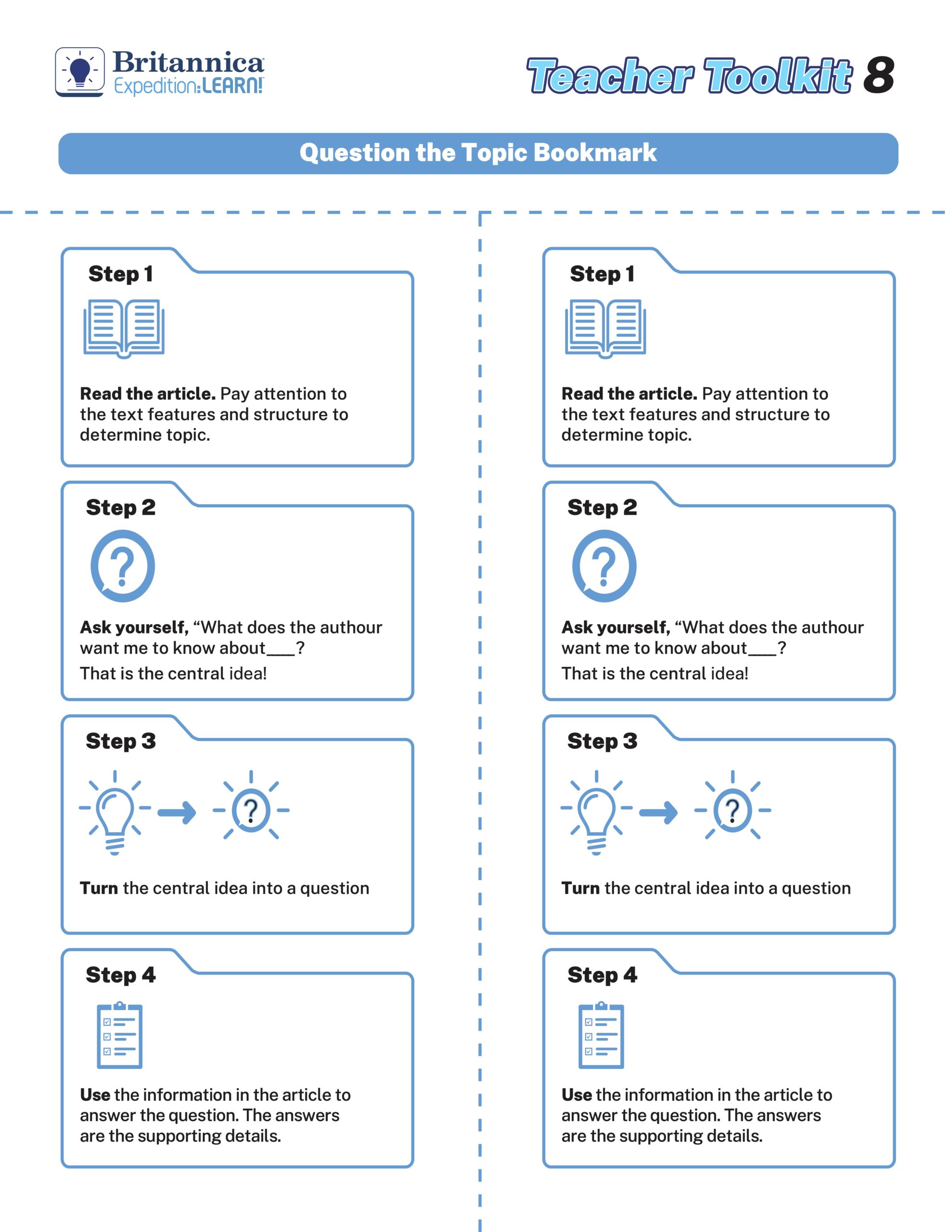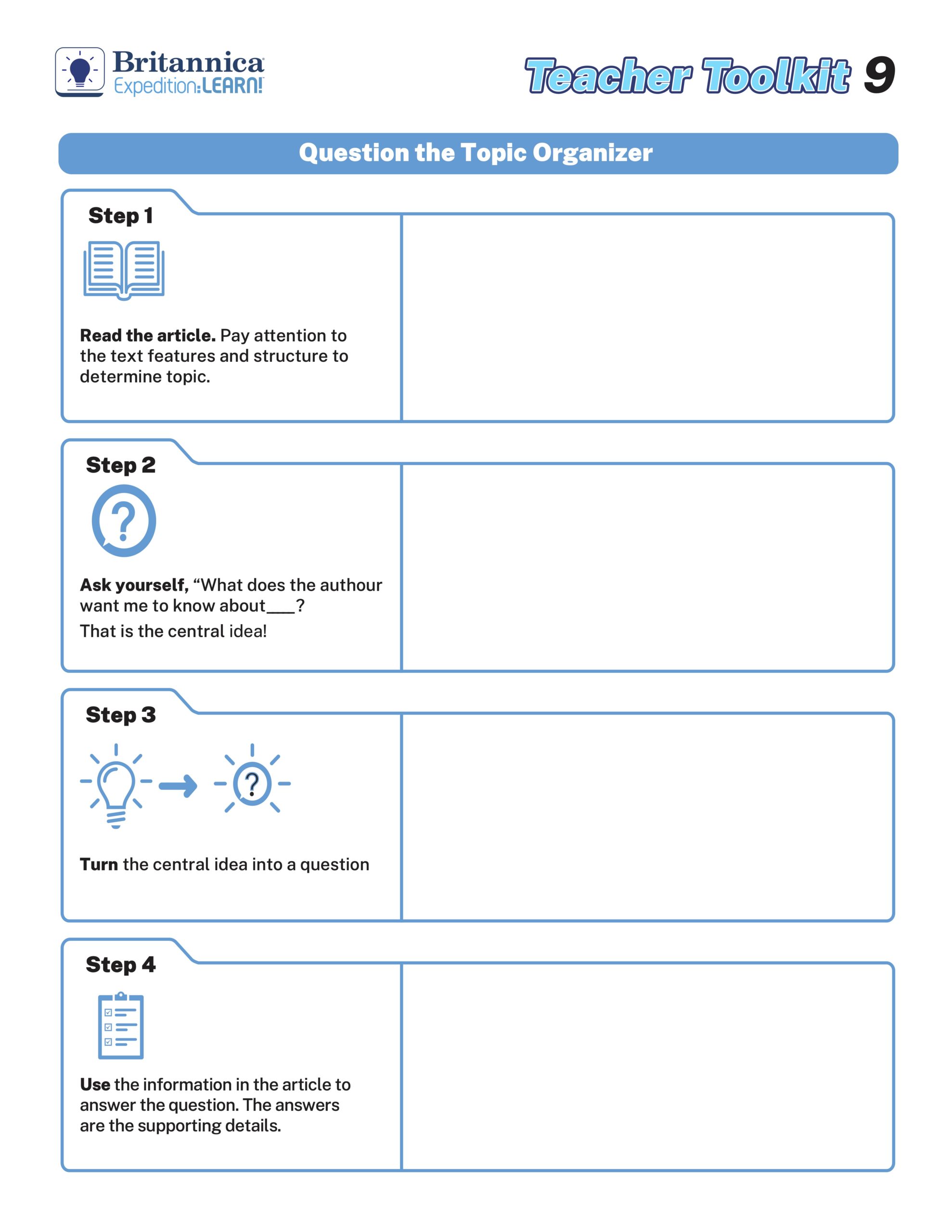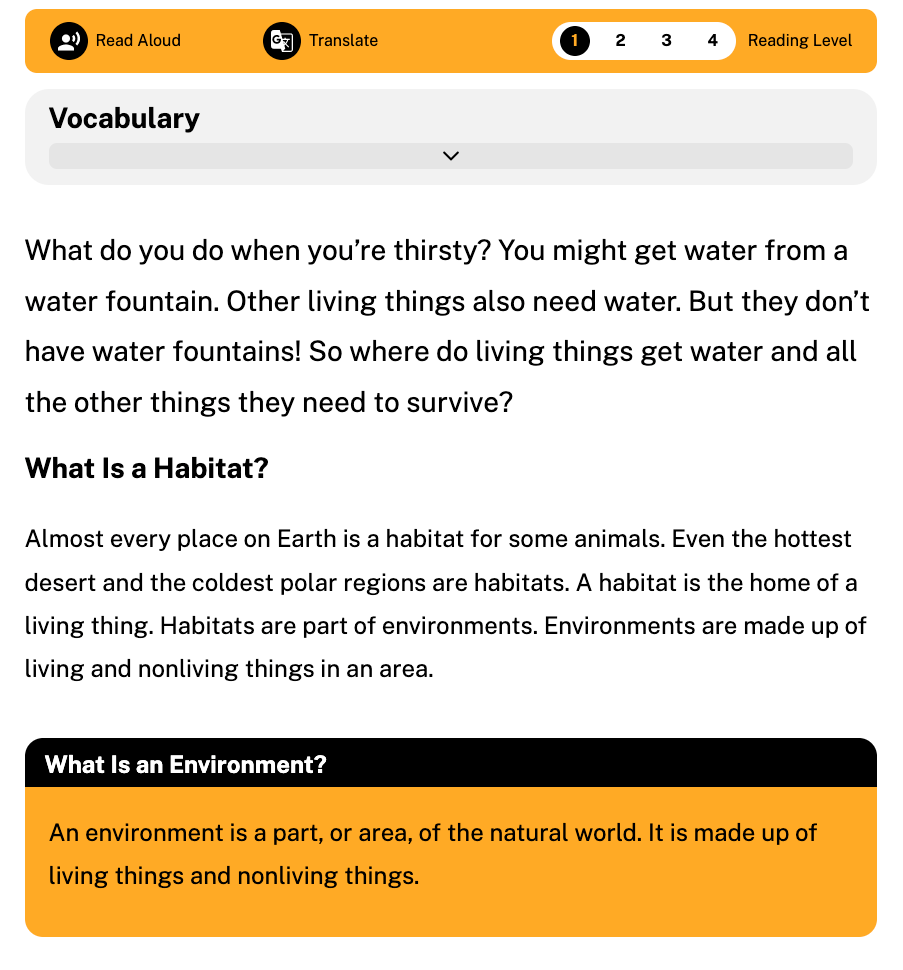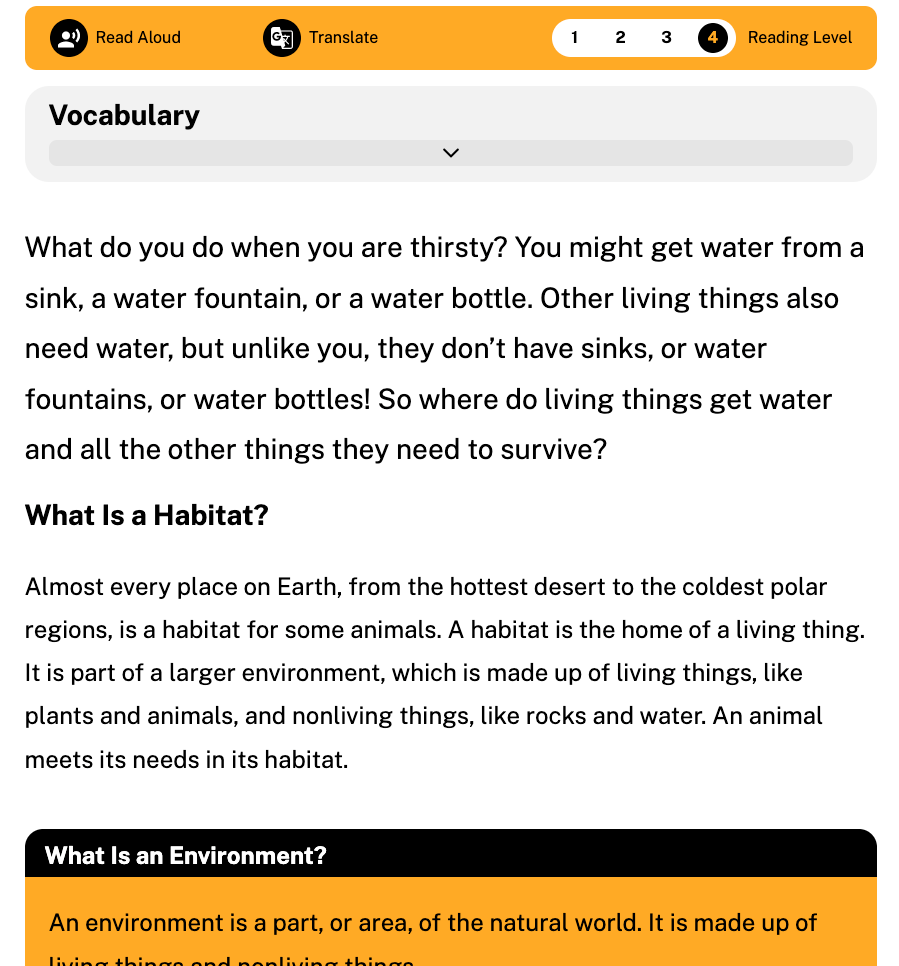Although no continent on Earth is now untouched by the diverse and delicious seed and food crops developed in the Americas, the brilliance of the native peoples who domesticated these nourishing plants over millennia has largely been overlooked by history. The following is a list celebrating some of the domesticated crops we owe to the original peoples of the so-called New World.
Amaranth
A staple crop to Aztecs and other Mesoamerican peoples, amaranth was domesticated in Mesoamerica at least as early as 4000 BCE.

Avocado
Avocados were possibly domesticated independently in Mexico and Central America between 4000 and 2800 BCE. They were of particular cultural significance to the Maya.
Beans
Common beans (Phaseolus vulgaris), scarlet runner beans (P. coccineus), and lima beans (P. lunatus) were all domesticated in the Americas prior to European colonization.
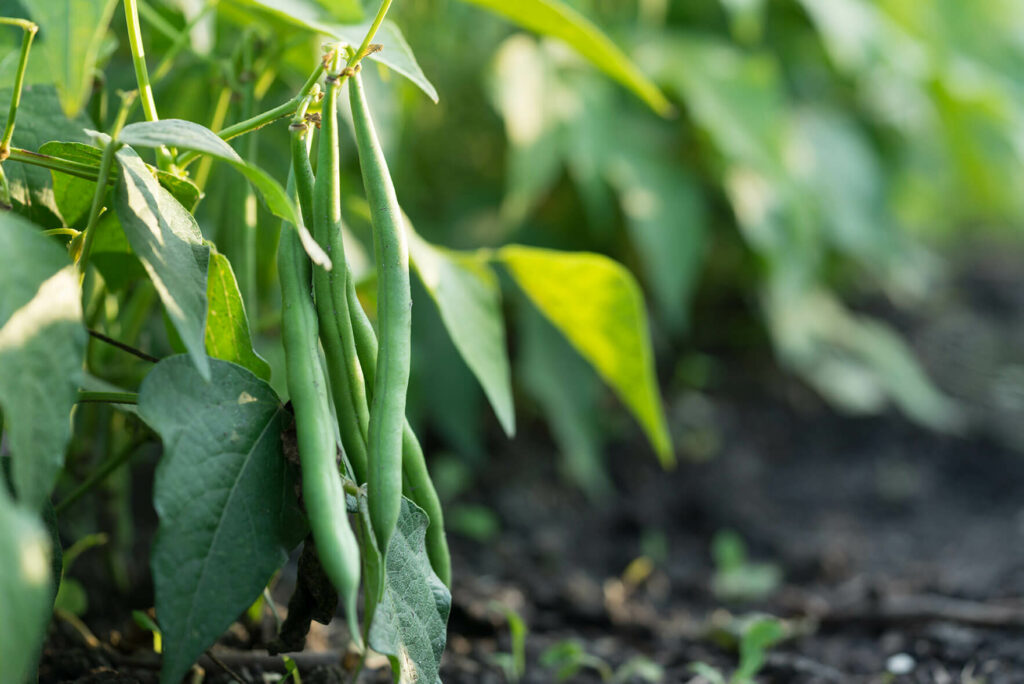
Cacao
The origin of cacao (the source of chocolate) is debated, but it may have been domesticated in South America and then introduced to the Maya 1,500 years ago.
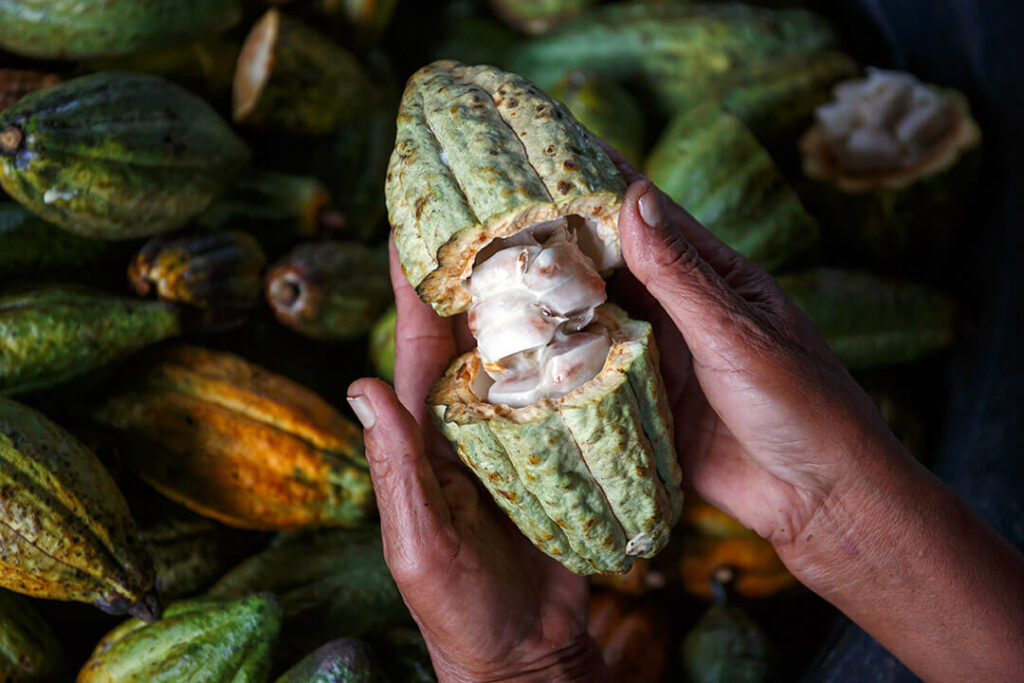
Cassava
Also known as manioc or yuca, cassava was likely domesticated 8,000–10,000 years ago in southern Brazil by ancient Amazonian peoples.
Chia
Chia was widely cultivated in pre-Columbian Mesoamerica and was an essential food for Aztecs.
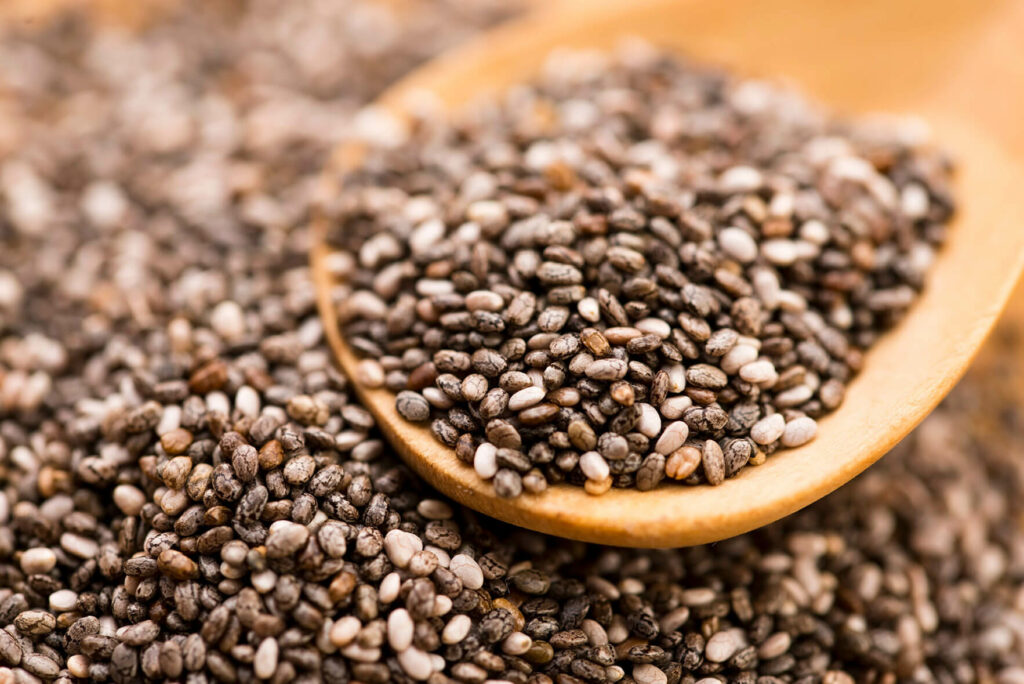
Corn (Maize)
One of the most ancient crops of the Americas, corn was domesticated by Olmec and Mayan peoples in Mexico some 10,000 years ago.
Papaya
Although the domestication history of the papaya is unresolved, the fruits were cultivated and further developed by the Maya at least 4,000 years ago.
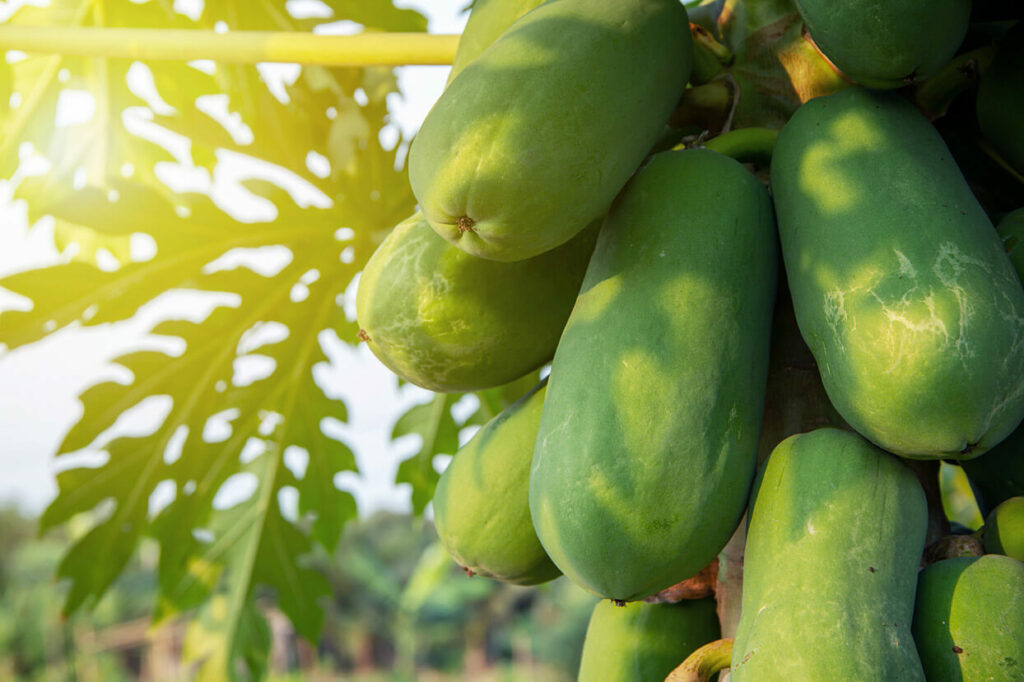
Peanut
Peanuts are thought to have been first domesticated in ancient Bolivia.
Peppers
Chili peppers were developed in Mesoamerica (probably in Mexico) at least 7,000 years ago.

Pineapple
The pineapple plant is native to southern Brazil and Paraguay, though the timing of its domestication is uncertain.
Potato
Potatoes are thought to have been independently domesticated several times and were primarily cultivated by the Inca as early as 1,800 years ago.
Quinoa
Quinoa was independently domesticated multiple times throughout the Andean highlands some 3,000–5,000 years ago and has been a staple crop to Inca, Aymara, and Quechua peoples, among others.
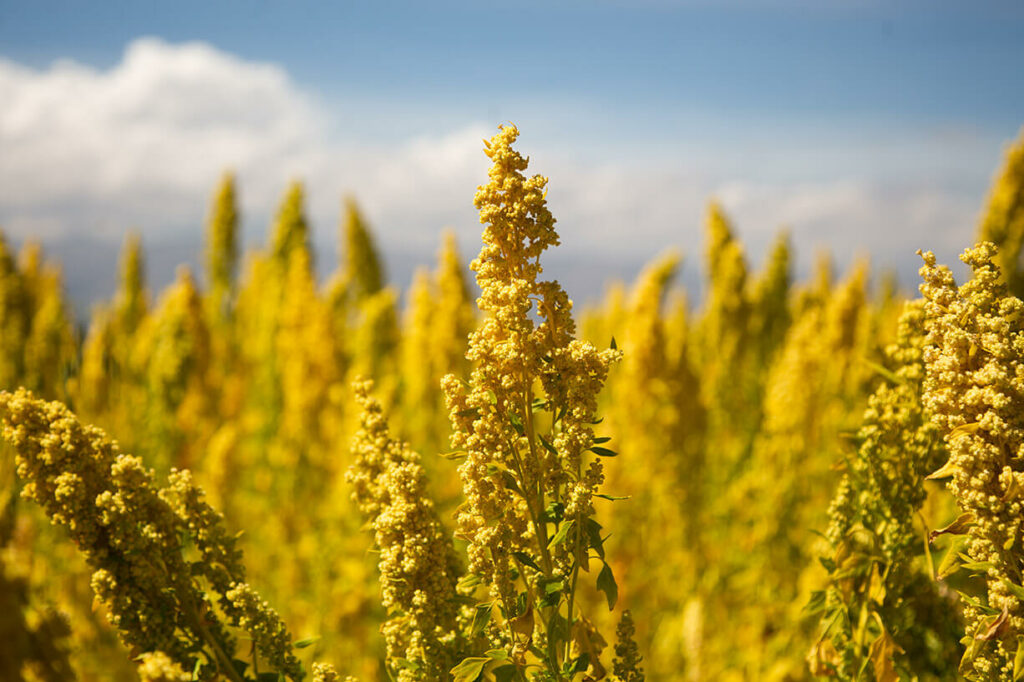
Squash
Multiple species of squash, including pumpkins, zucchinis, and hard-shelled gourds, were domesticated independently throughout the Americas and are some of the earliest American crops.
Sunflower
Sunflowers were domesticated in eastern North America some 4,000 years ago.
Sweet Potato
The sweet potato likely originated in tropical Central America, though the history of its domestication is uncertain.
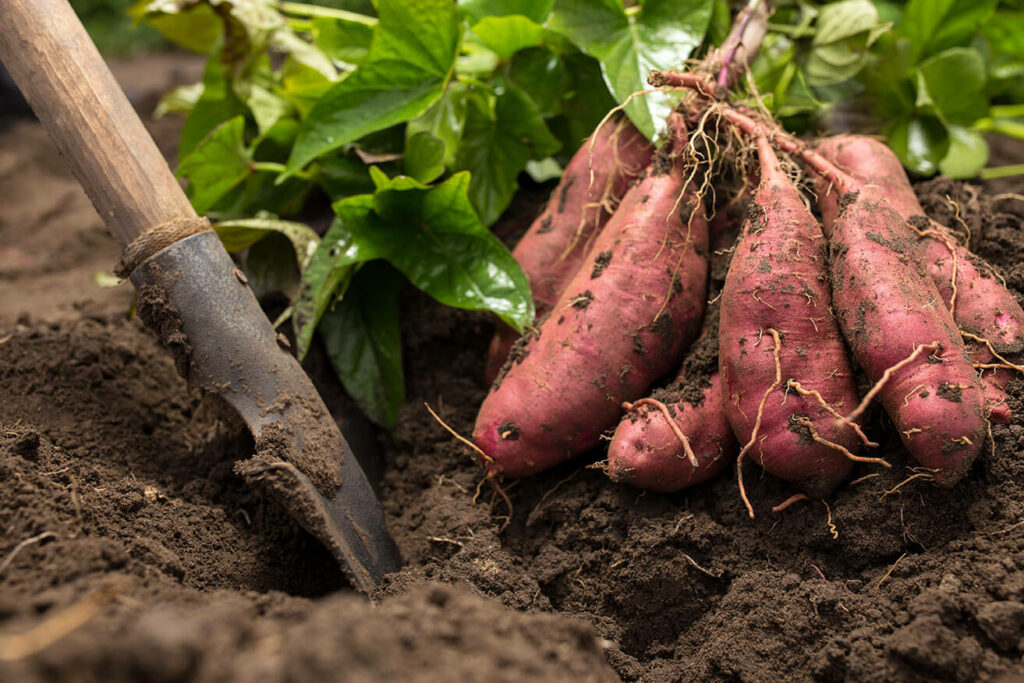
Tomatillo
The tomatillo is thought to have been first domesticated by the Aztecs in central Mexico in about 800 BCE.
Tomato
Tomatoes are thought to have originated in the Andean region, but their domestication history is unresolved.
Each year, beginning in November, Native American Heritage Month is celebrated to honor the sacrifices, culture, and stories of Indigenous people who have contributed significantly to our country’s history. Declared a federal event in 1990, this awareness month is a great reminder to make sure your curriculum includes Indigenous history, current events, and culture. Tag us in your celebrations using @britannica_edu for a chance to be featured on our social feeds.











